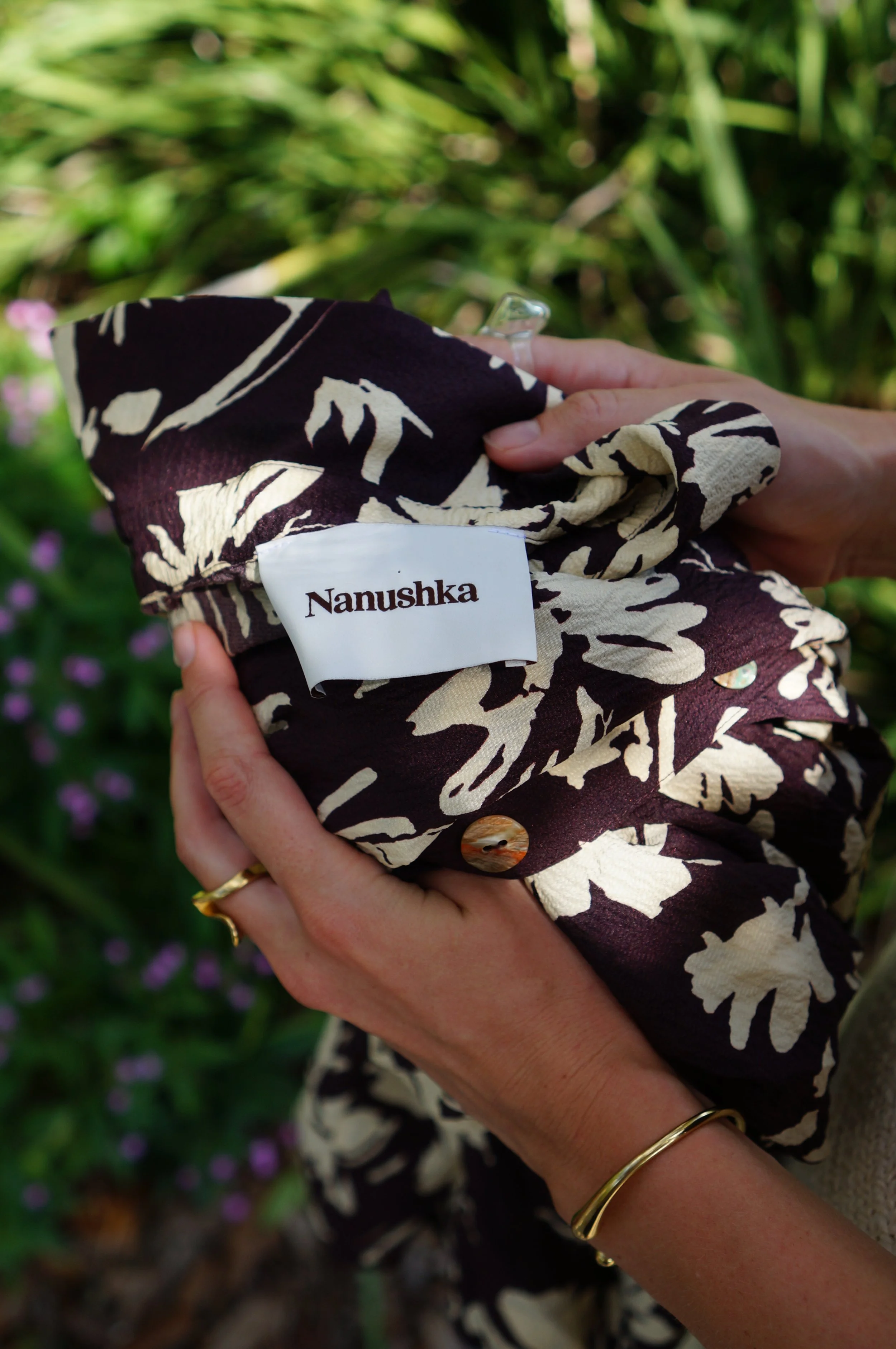
From Plato’s Closet to Nanushka:
How I found a $760 Dress for $30
Discovering Nanushka in Sarasota: A Curated Vision for Locals Closet and Conscious Fashion
As I build my marketing career and grow Locals Closet, I’m guided by a powerful desire to live and dress with intention. Inspired by voices like Peta Kelly’s Earth Is Hiring, I’ve created Locals Closet—a platform dedicated to conscious, curated fashion that connects people to place and purpose.
Fashion, when approached thoughtfully, serves as a nuanced expression of culture and identity. It is a gateway to experiencing new cities with authenticity. My passion for style and sustainability thrives through clothing swaps—from intimate gatherings in New York City to vibrant exchanges at Glasgow University—underscoring the joy and power of shared wardrobes rooted in community and environmental mindfulness.
Throughout my career, I find inspiration in unexpected places—from bustling farmers markets to elegant hotel interiors, and in brands like Baobab and Johanna Ortiz—both of which, like Nanushka, excel in marrying design with storytelling and lifestyle. I frequently thrift at Plato’s Closet in Siesta Key, a store known for accessible, trend-forward pieces, which offers invaluable insights into consumer behavior and the lifecycle of fashion. This, alongside philosophical reflections inspired by Plato himself, informs the ethos behind Locals Closet: a deliberate, thoughtful wardrobe that travels with you.
Recently, helping my parents declutter, we brought clothing to Plato’s Closet. While many women’s pieces were deemed too high-end for their clientele, among the racks, one exceptional find caught my eye—a Nanushka dress, originally priced at $760, now available for $30.
This dress, with its fluid silhouette, shell buttons, soft collar, and subtle leaf motif in coffee brown, embodies timeless elegance and modern craftsmanship. It fit impeccably, evoking a vision of professional styling—from a fashion editor’s first day to a Nanushka runway moment. This serendipitous discovery reaffirms my commitment to Locals Closet—not merely as a marketplace, but as a living archive of style, sustainability, and storytelling.
Such moments fuel my dedication to a slow fashion movement that honors legacy and innovation. They remind me of curated vintage finds in New York with close friends, the rich dialogue between local culture and personal style, and the aspiration to build a global network of thoughtfully sourced wardrobes and artisan goods.
Presently, I admire the Latte Mug and Water Jug from Nanushka’s ceramics collection—symbols of the brand’s holistic lifestyle vision. They inspire the future of Locals Closet: a seamless fusion of media, commerce, and community that uplifts local makers and thoughtful design worldwide.
About Locals Closet:
Locals Closet redefines fashion as a decentralized, peer-to-peer wardrobe exchange and curated slow-fashion marketplace. Our mission is to foster meaningful connections between people, places, and the artisans behind the clothes they wear—cultivating a lifestyle of sustainability, local discovery, and timeless style.
I welcome the opportunity to explore collaboration with Nanushka—to amplify shared values through editorial features, curated collections, and creative partnerships. Please feel free to connect with me directly to discuss how we can bring this vision to life together.
Warm regards,
Valerie Smith
Founder, Locals World
www.locals-world.com


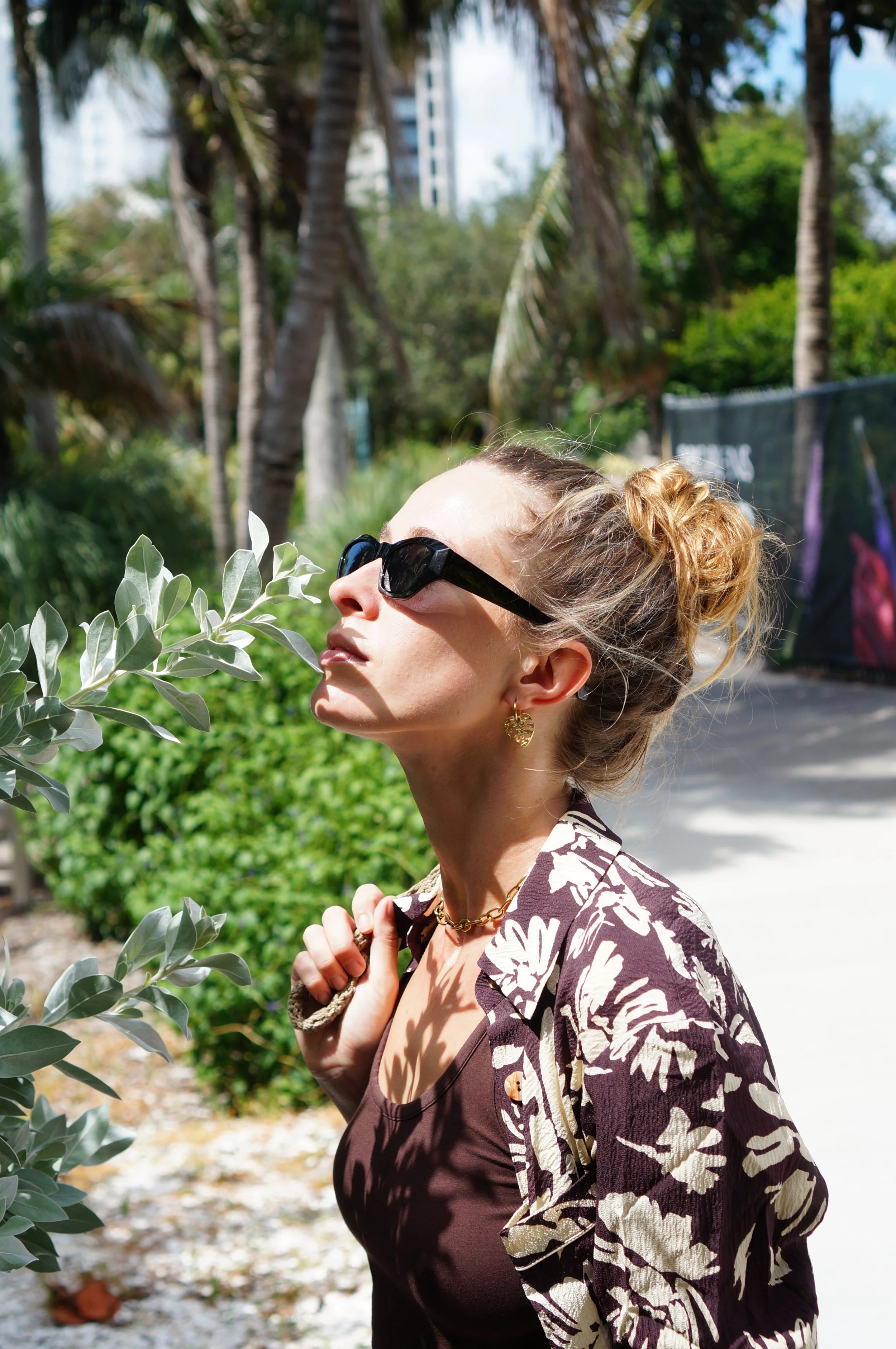
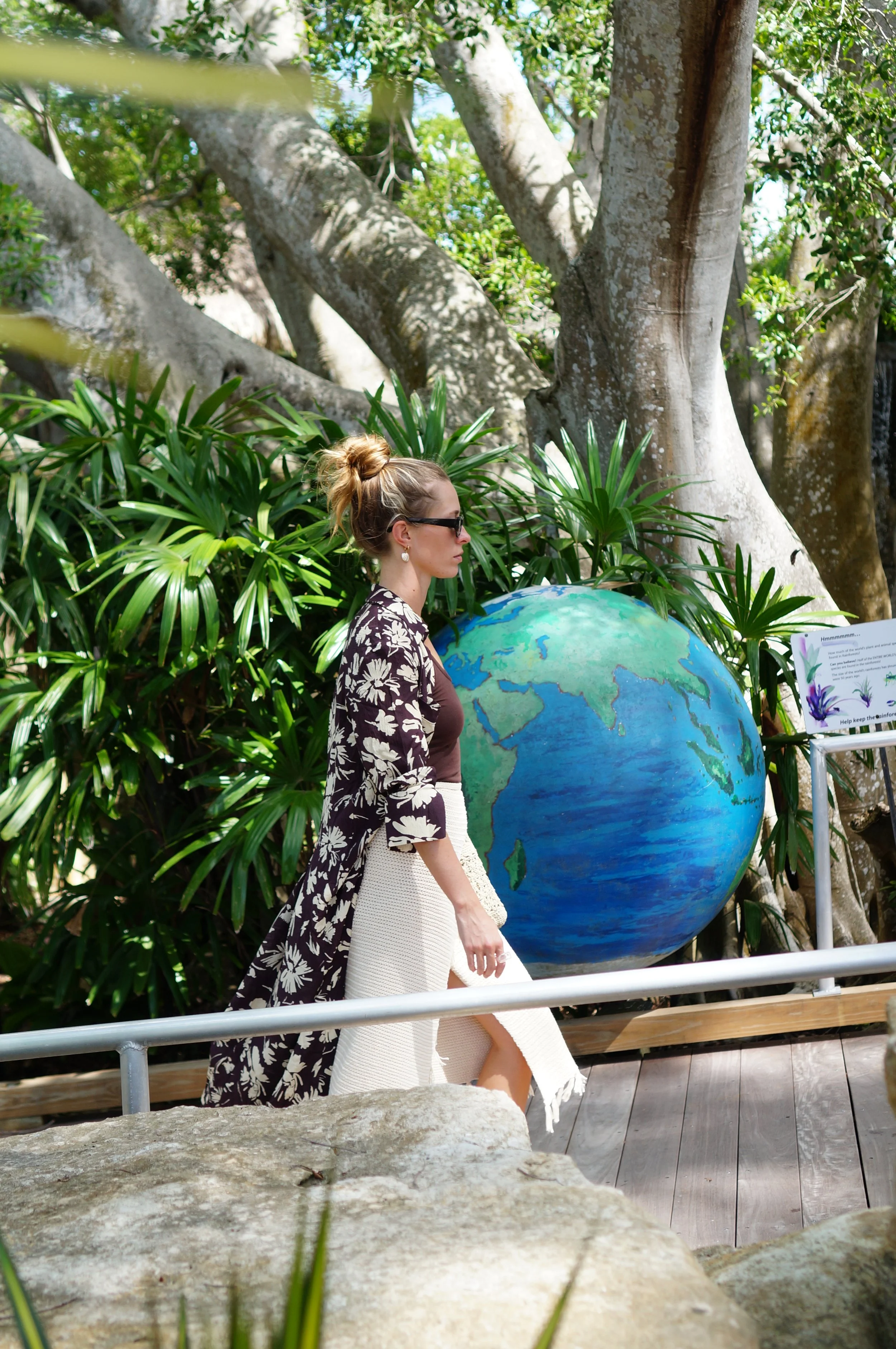
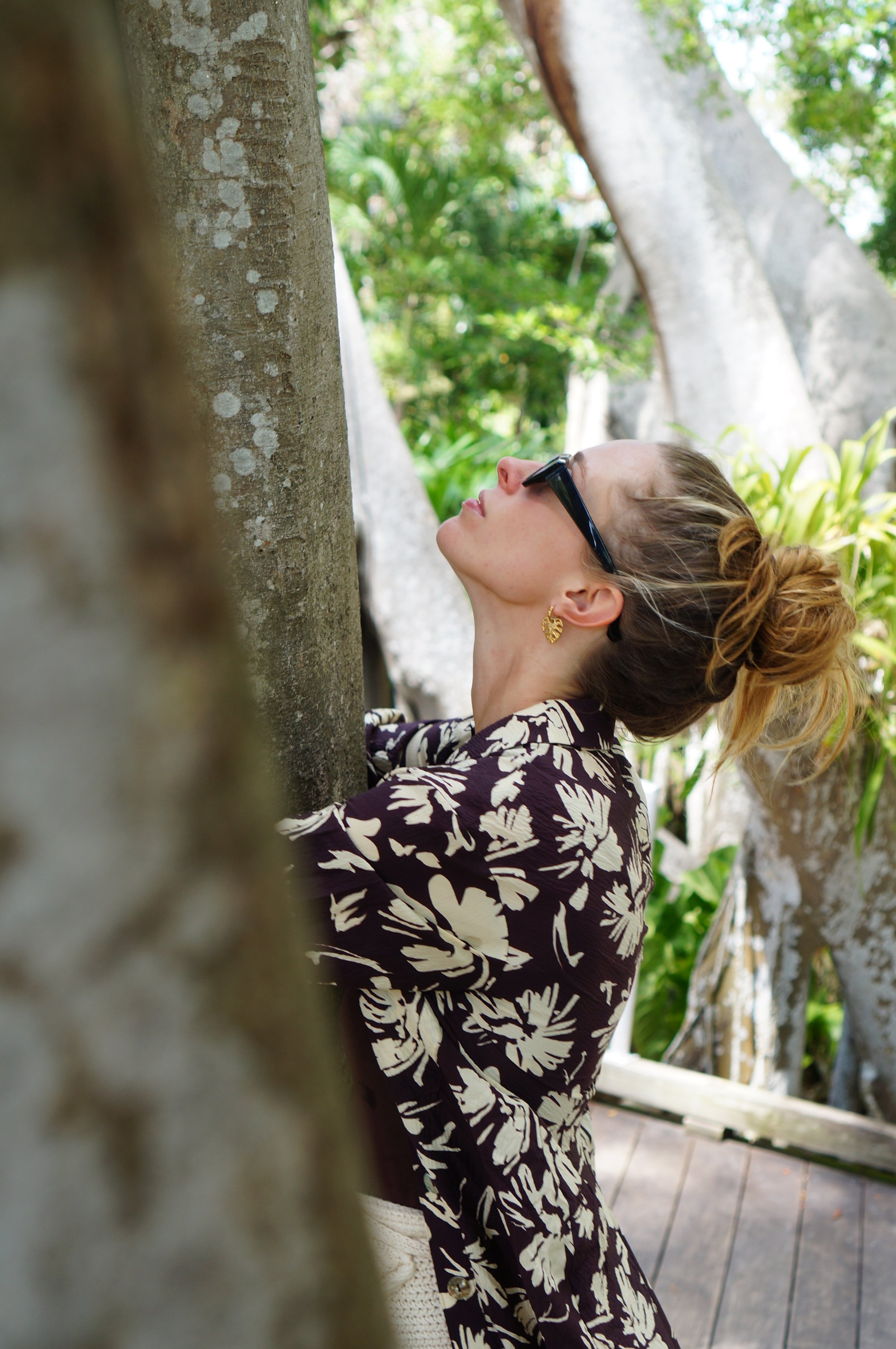
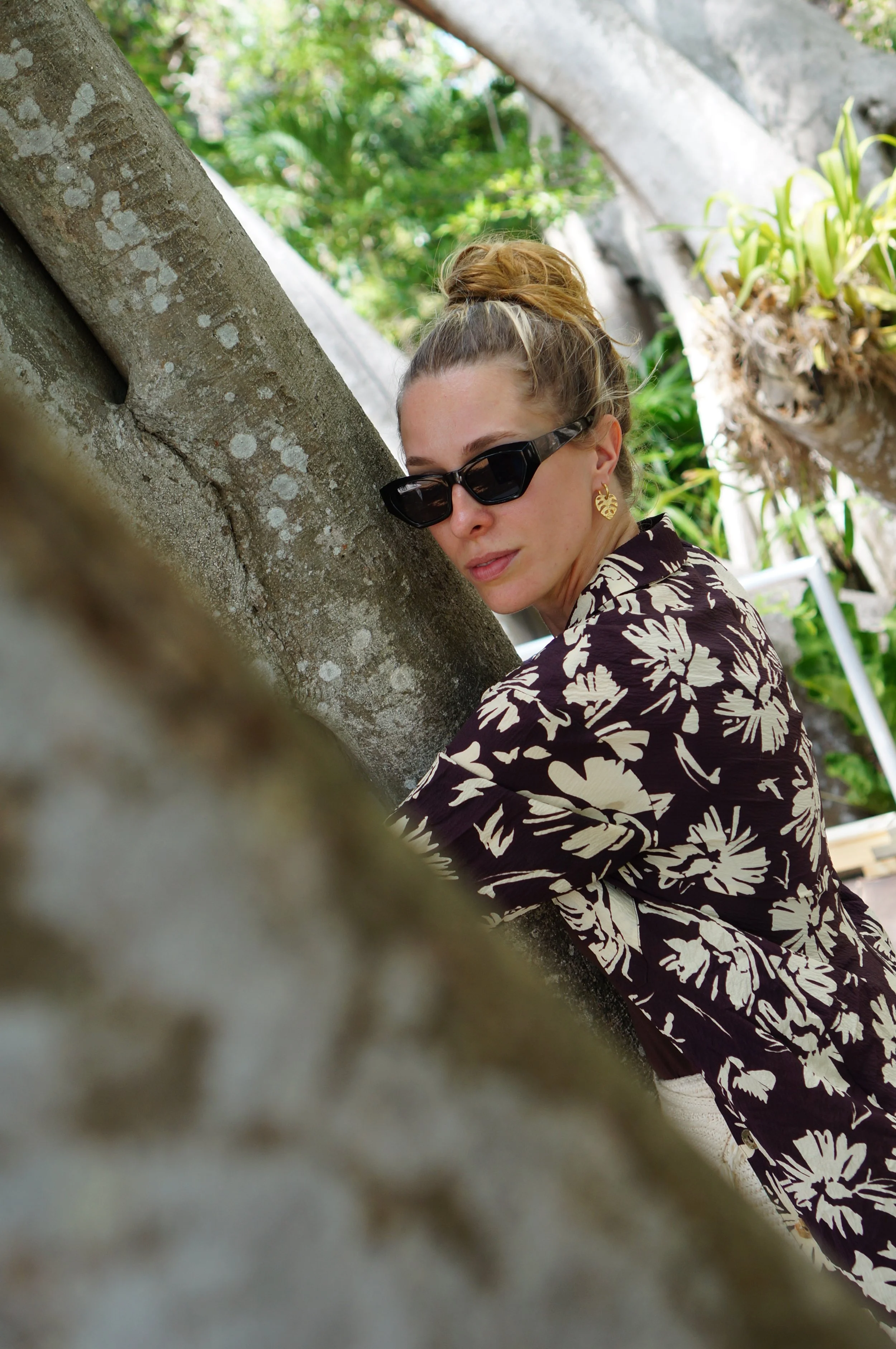

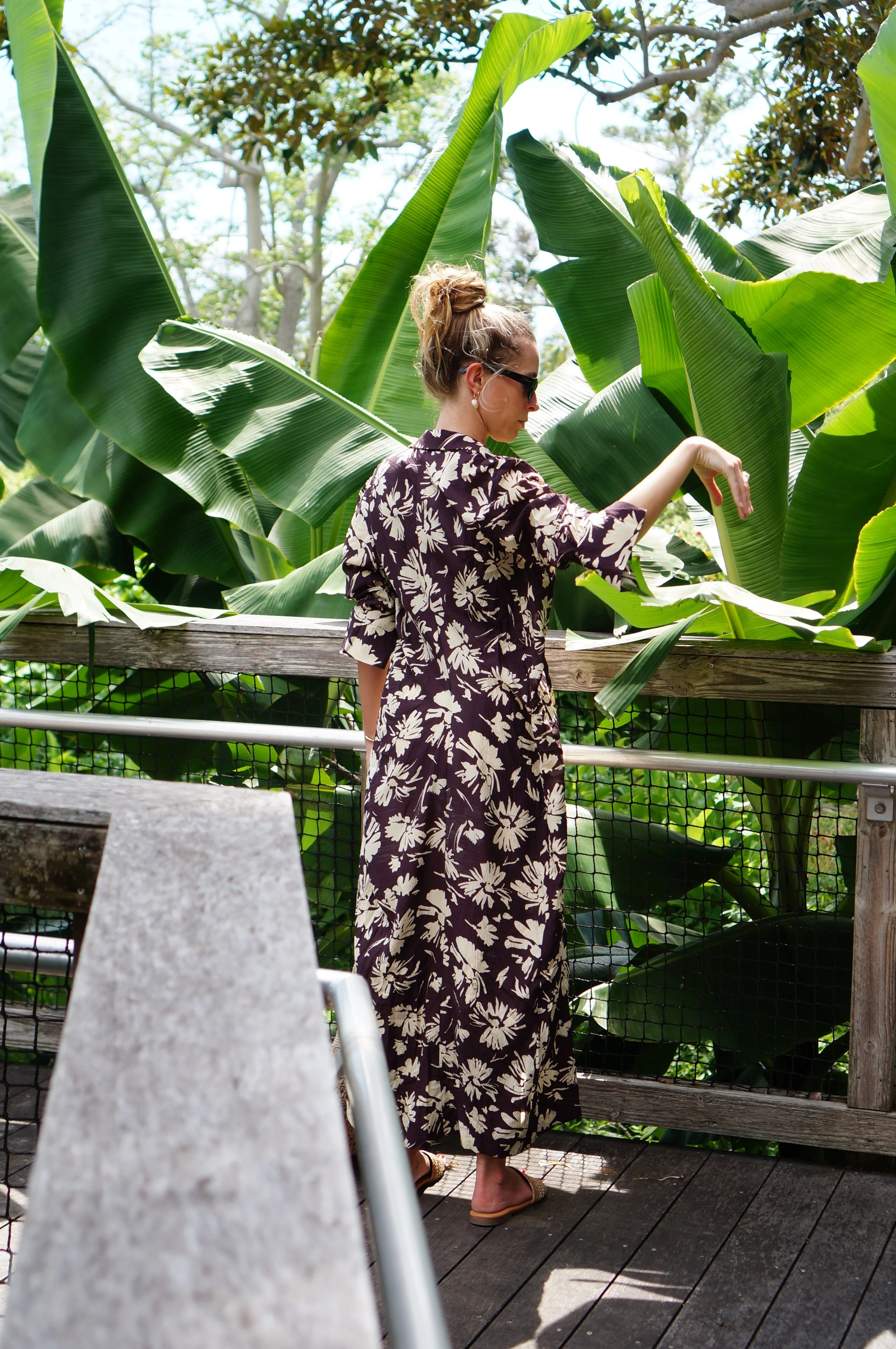

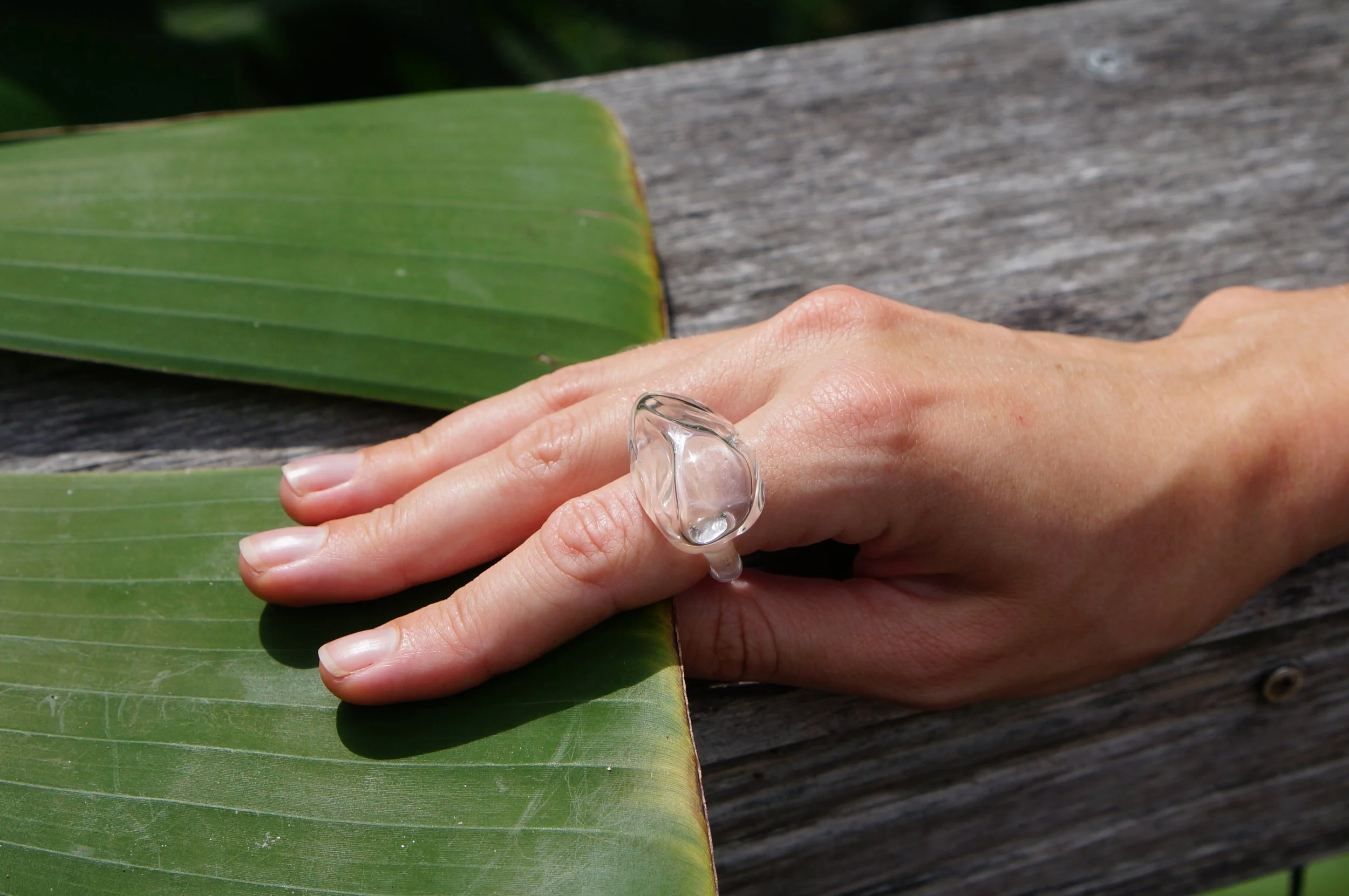
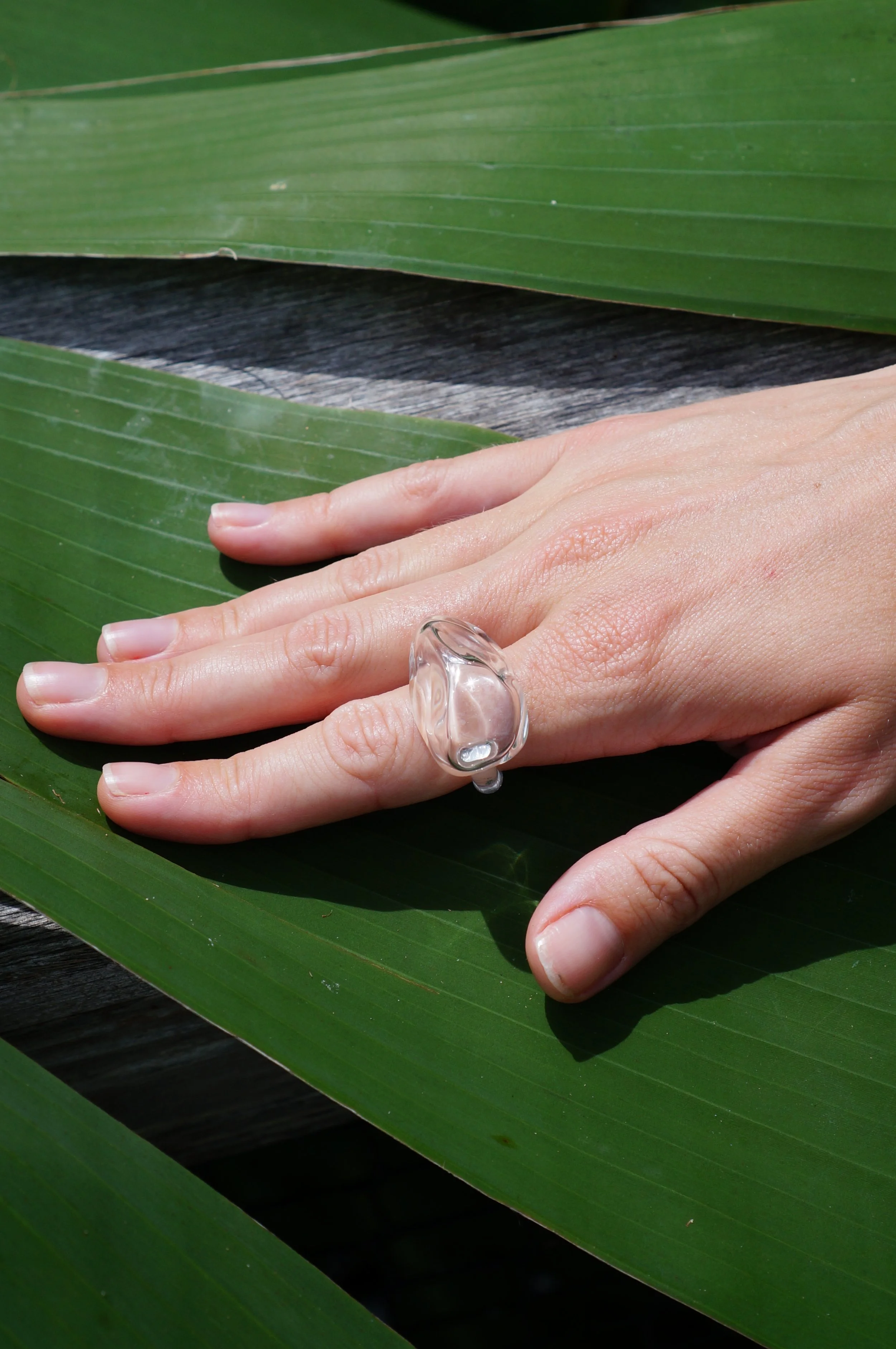
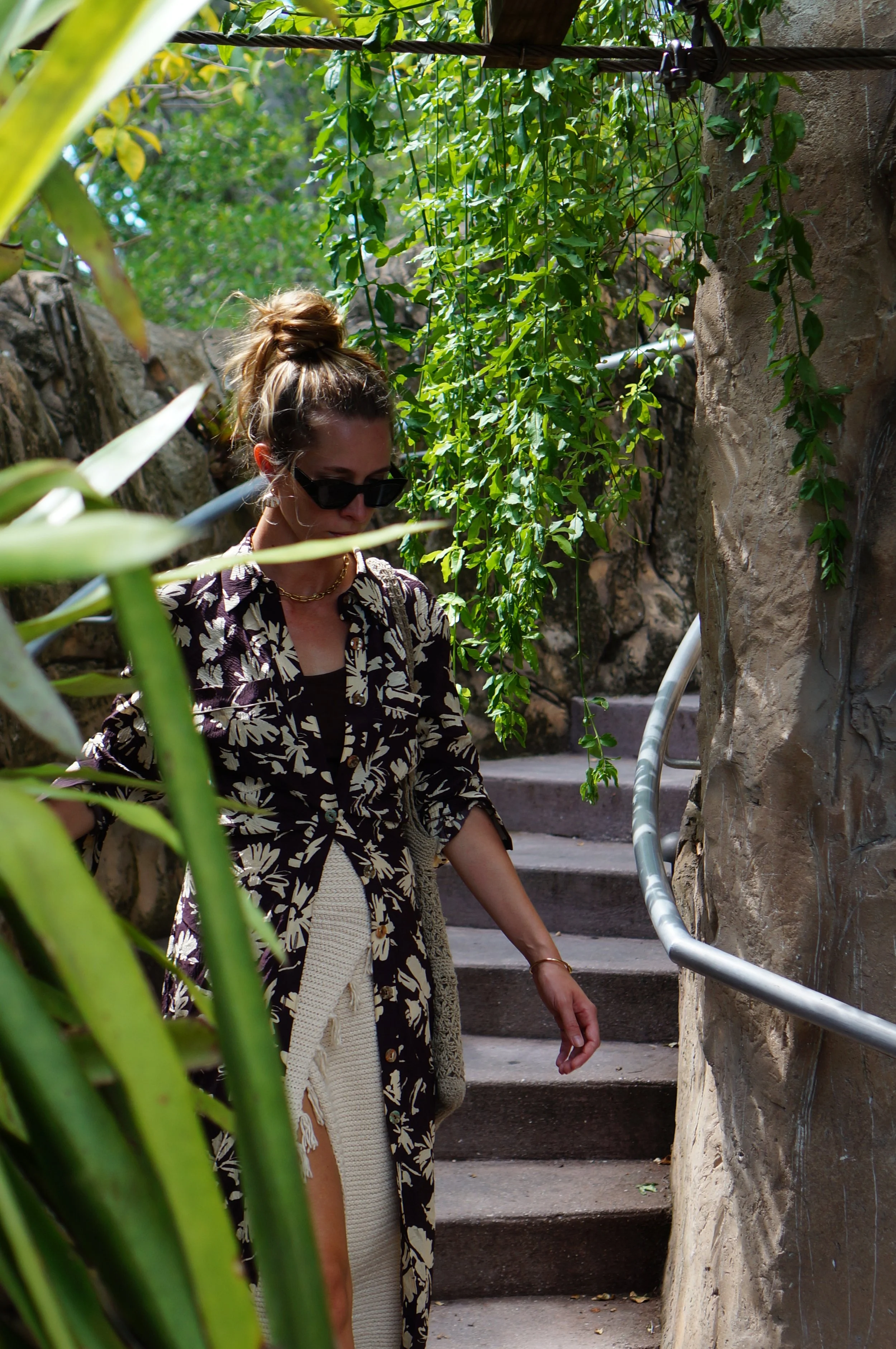
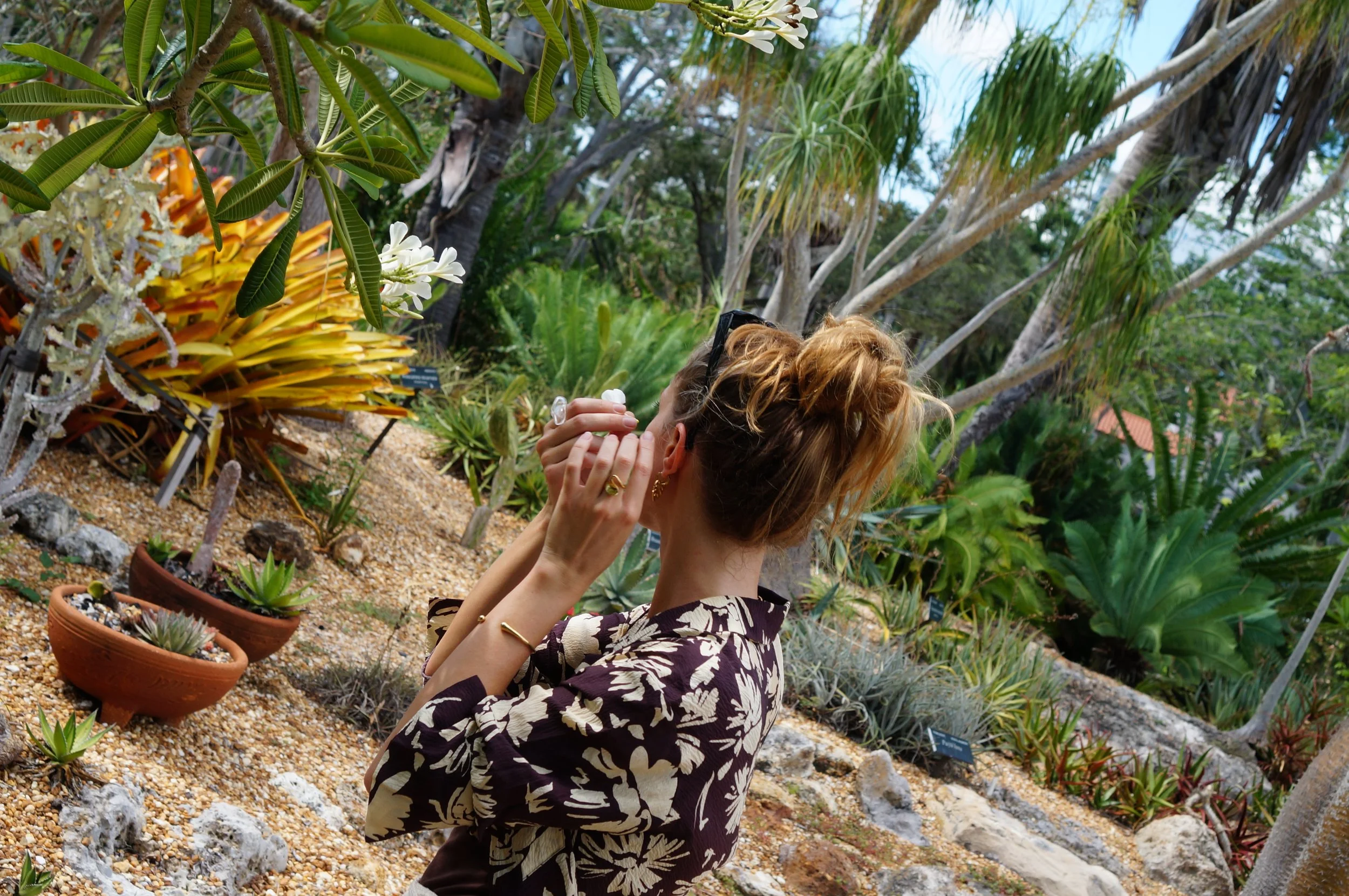
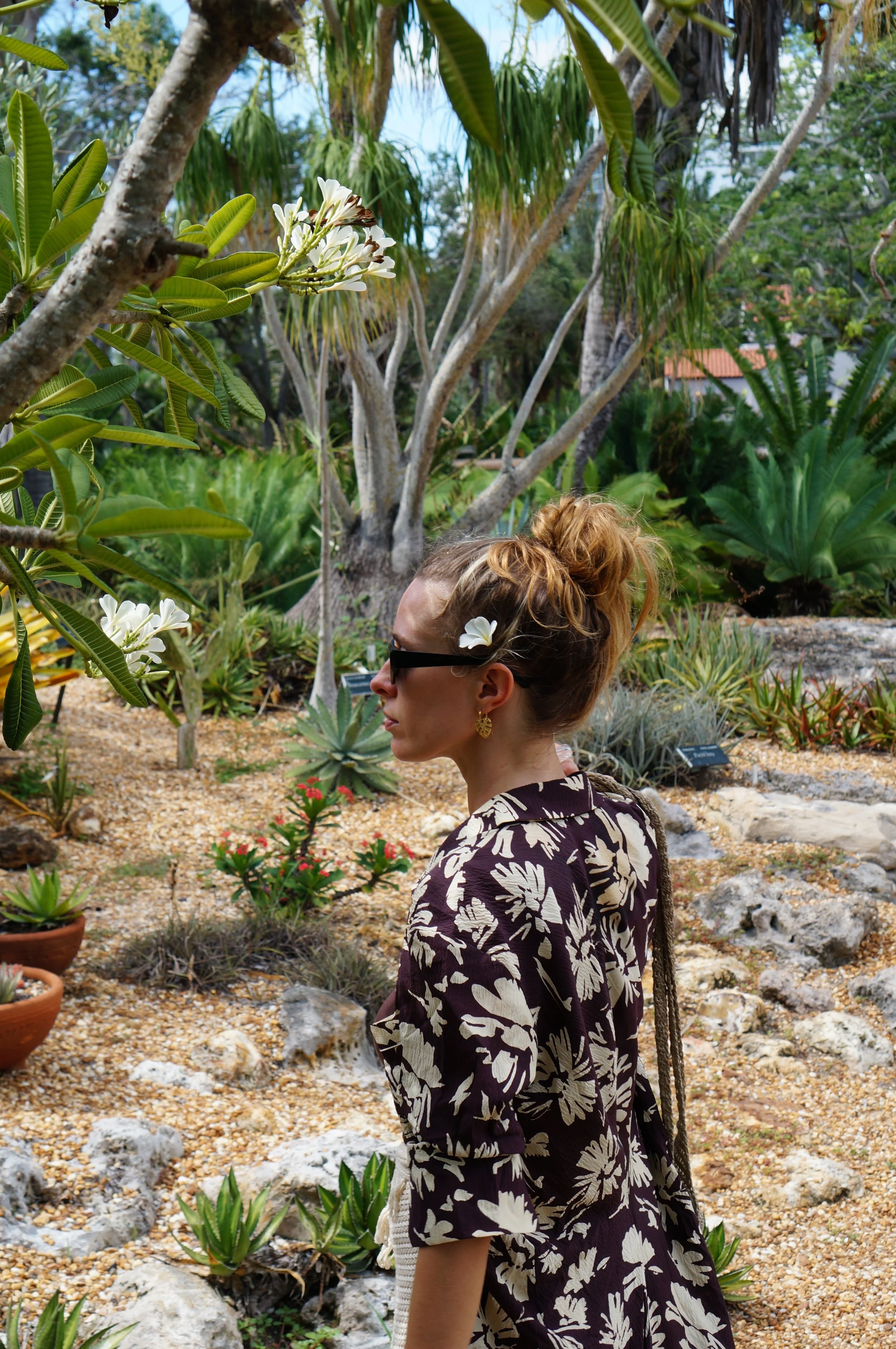



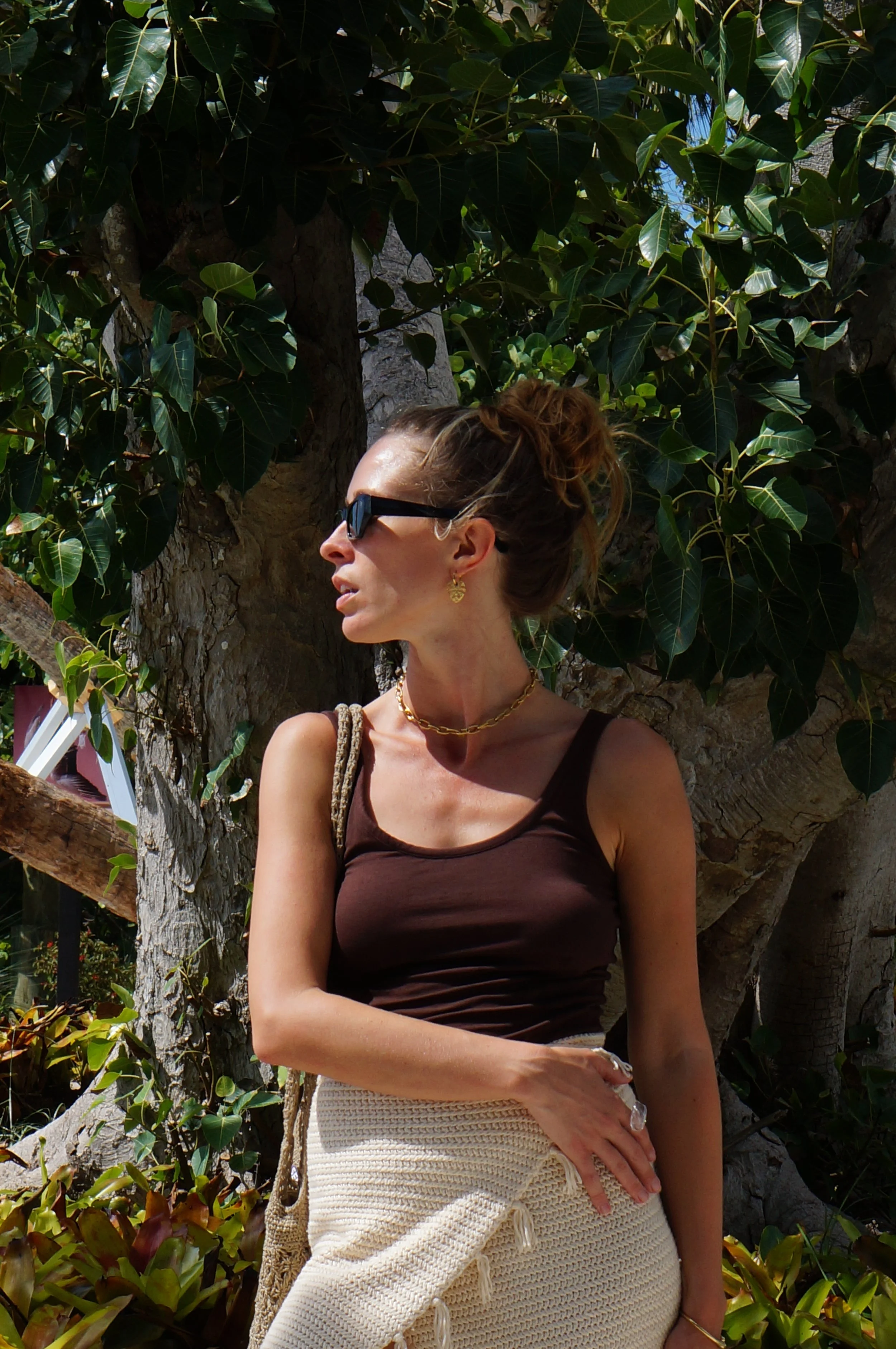

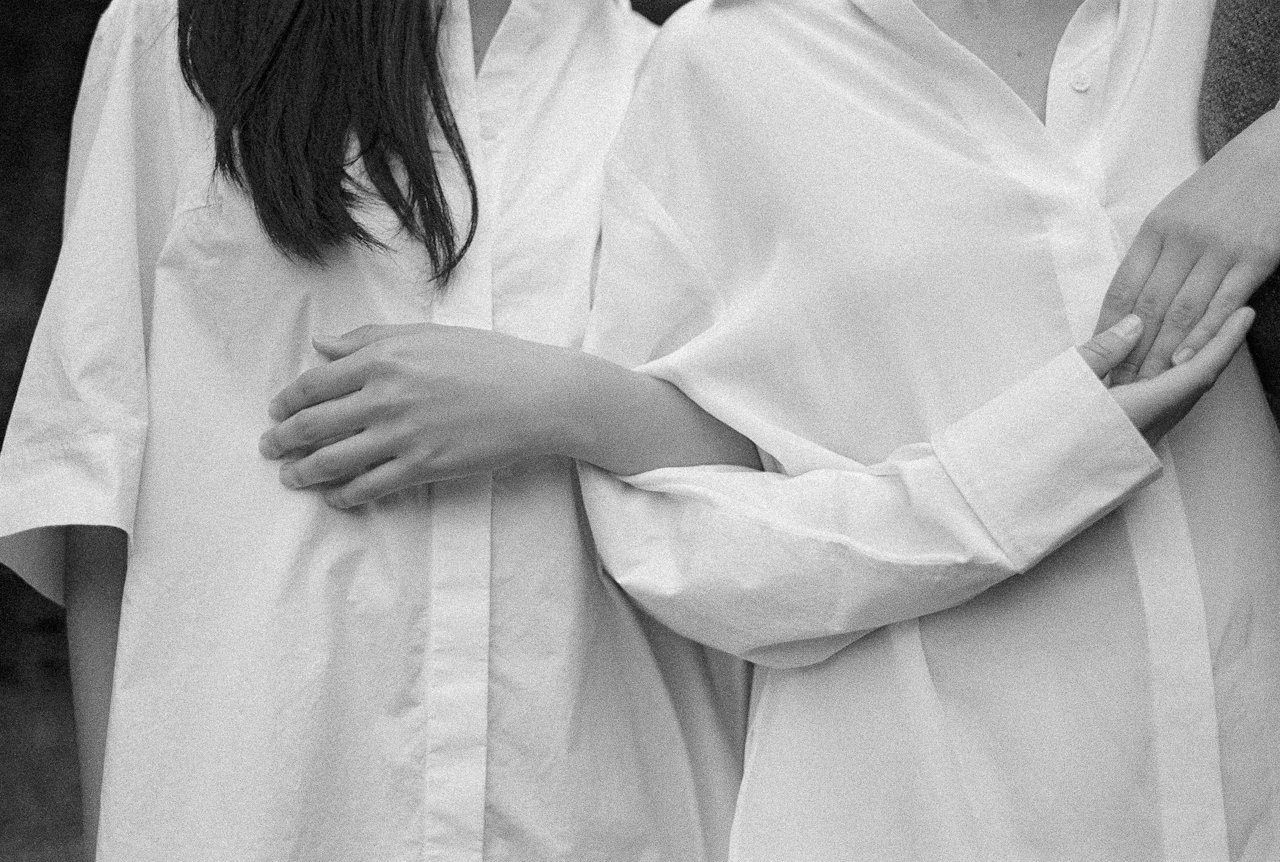
Nanushka
Research on Nanushka: Crafted Modernity from Budapest
Founded in Budapest in 2005 by Sandra Sándor, Nanushka emerged from a tiny home studio with just one seamstress, a pattern maker, and visionary ambition Wikipedia+14 Nanushka+14 Vogue+14. The brand—named after Sándor’s childhood nickname—balances New Heritage, Innovative Craft, Consciousness, and Function in Beauty, principles she formulated during her final thesis at the London College of Fashion Vogue+3 Nanushka+3 Nanushka+3.
Nanushka today spans womenswear, menswear, accessories, and even ceramics, thoughtfully created from low‑impact materials. Under the leadership of Sándor and CEO Peter Baldaszti, the label has brought Central European design to the global stage, with flagship stores and cafés in Budapest, London, and New York Vogue Business+3 Nanushka+3 Financial Times+3. The brand’s aesthetic celebrates beauty in imperfection, blending clean lines with tactile fabrics and detailed finishes, inspired as much by travel and heritage as design trends Nanushka+1 Vogue+1.
Sustainability as a Core Principle
Nanushka’s Our Ethos section breaks down their sustainability philosophy into three pillars: Circularity, Community, and Earth Nanushka+2 Nanushka+2 Nanushka+2.
Circularity: Nanushka embraces reuse, repair, rent, and recycle models to extend the life of garments—aiming to shift the business model toward sustainability first Nanushka+2 Nanushka+2 Nanushka+2.
Community: They believe that a sustainable future is built through alignment between environmental goals and social equity, integrating people- and planet-centered progress side by side Nanushka+1 Nanushka+1.
Earth: Materials sourcing lies at the heart of their impact. They prioritize responsibly manufactured fabrics and traceable supply chains, striving to decarbonize and minimize waste Financial Times+3 Nanushka+3 Nanushka+3.
Nanushka reports that approximately 59% of womenswear and 47% of menswear now comes from recycled or traceable materials, with the goal of eventually making all materials certified and traceable Nanushka+2F inancial Times+2 Nanushka+2. Their vegan leather, which once made up half the collection, now forms around 25%—a shift reflecting consumer demand for innovative, sustainable fabrics Financial Times Nanushka.
Why It Matters
Nanushka isn’t just another label; it's an eastern European success story rooted in intentionality. Made largely in Hungary—often in ateliers serving high luxury brands—their pieces deliver quality and style with a lower footprint than traditional counterparts Nanushka+2 Vogue+2 Nanushka+2. The brand's venture into homeware and ceramics through Nanoha—handcrafted Raku ceramics co-designed with Budapest-based Noha Studio—extends this aesthetic ethos into everyday objects Nanushka+3 Architectural Digest+3 Vogue+3.
Having navigated a supply chain crisis in recent years, Nanushka emerged more resilient—restructuring sourcing across Hungary, Portugal, Romania, Italy, and China, and recalibrating pricing and merchandising for sustainable, balanced growth Reddit+12 Financial Times+12 Financial Times+12.
Excerpt Summary
*Nanushka, born in Budapest in 2005, blends Central European heritage with modern intentionality. Founded by Sandra Sándor, the brand builds elegant, wearable collections rooted in low‑impact fabrics, detailed craftsmanship, and global sensibility Wikipedia+6 Nanushka+6 Vogue+6. Its sustainability ethos centers on circular design, community‑minded progress, and ethically sourced materials—now achieving nearly 60% traceable content in its womenswear and pushing toward full material auditability Financial Times.*
